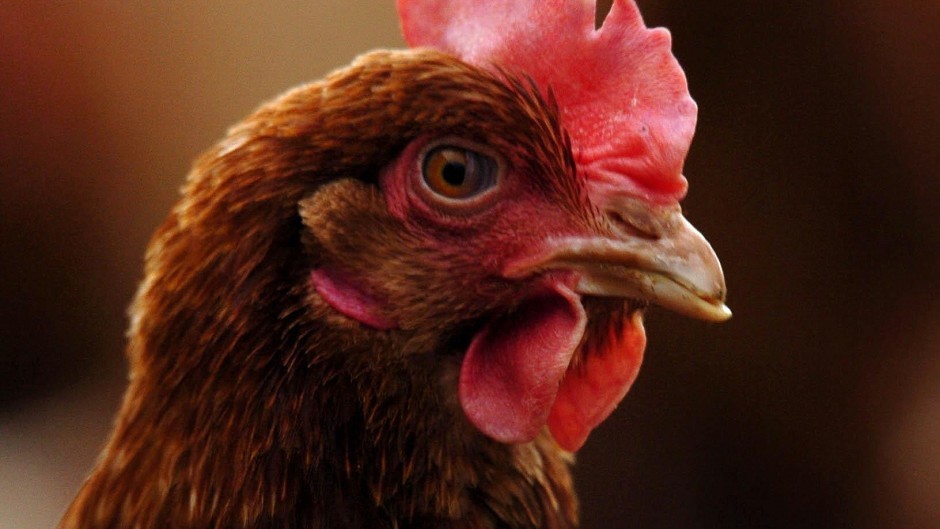Scots poultry producers are on red alert following the discovery of a suspected case of avian influenza on a farm in Dunfermline.
Initial test results show the presence of a notifiable strain of avian influenza (H5). It is thought to be a low pathogenic strain, and further testing is underway to confirm the strain.
To prevent further spread of the disease, all birds at the suspect premises will be humanely culled and a 1km temporary control zone has been put in place around the farm.
All poultry, carcases, eggs, used poultry litter and manure in the zone will be subject to movement restrictions.
Scotland’s chief veterinary officer, Sheila Voas, said: “We have taken immediate action to contain this case as part of our robust procedures for dealing swiftly with avian flu.
“Evidence suggests this is a low severity form of the virus however we are taking action to ensure that the disease does not spread or develop into a more severe form.
“I would urge poultry keepers in the surrounding area to be vigilant for any signs of disease and to ensure they are maintaining good biosecurity on their premises.”
British Veterinary Association Scottish branch president, Grace Webster, urged poultry keepers and vets to report any concerns to their local Animal Plant & Health Agency office.
“This suspected outbreak is further evidence of the vital surveillance role played by frontline vets in protecting animal and, by extension, human health,” she added.
NFU Scotland’s vice president, Andrew McCornick, said good biosecurity on farms was key to preventing the spread of the disease.
He said: “High health is something that Scottish poultry producers have always taken great pride in. However, it is worth reminding all poultry keepers – large and small – of the need for vigilance. Given the growing number of people keeping backyard hens, it is worth restating that avian influenza is a notifiable disease and that all poultry keepers have an obligation to notify the authorities if they suspect disease.
“Backyard hens can often be at higher risk because of their closer contact with wild birds.”
